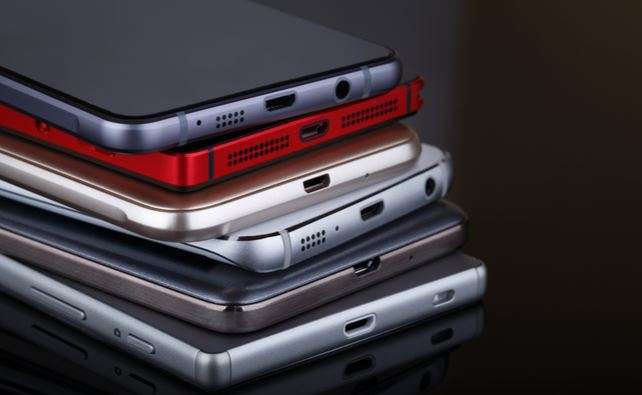Why it is important to check your phone’s power specifications
The first step in understanding your phone’s power requirements is to look in the user manual or on the manufacturer’s website for information about its battery capacity. This number will tell you how much energy your phone requires in order to operate properly. Additionally, many phones have a “battery optimization” feature that allows users to set a maximum charging level; this helps prevent overcharging, which can damage the battery and cause it to lose its ability to hold a charge over time.
Smartphones are powerful devices, but not all of them have the same specifications. If you want to make sure your phone is getting the power it needs, it’s important to know how to check its power specs. In this blog, we’ll discuss how you can easily and quickly determine exactly how much power your phone needs and can receive.
Blog Body:
The first step in understanding your phone’s power requirements is to look in the user manual or on the manufacturer’s website for information about its battery capacity. This number will tell you how much energy your phone requires in order to operate properly. Additionally, many phones have a “battery optimization” feature that allows users to set a maximum charging level; this helps prevent overcharging, which can damage the battery and cause it to lose its ability to hold a charge over time.
Once you know your phone’s battery capacity, you should also consider the type of charger that comes with your device. Different phones may require different types of chargers (micro-USB, USB-C, etc.), so make sure that you get one that is compatible with your device. Additionally, some chargers come with different charging speeds; if your phone has a fast charging option, make sure that you get a charger that supports it as well.
Finally, it is also important to pay attention to the type of cable used when connecting your device to a charger—some cables may not be able to provide enough current or voltage for certain devices and could cause problems down the line. Look for cables labeled as “high speed” or “high power” if possible; these are usually able to provide more current than standard cables and will help ensure that your device charges quickly and safely.
Conclusion: Knowing how much power your smartphone needs—and can receive—is essential for ensuring that it works properly and efficiently at all times. By following these steps and checking out the manufacturer’s website for details about your device’s specifications and charging capabilities, you can make sure that your smartphone gets all of the power it needs without suffering any damage from overcharging or incompatible cables. Doing so will help keep both you and your device safe!
Source: newsghana.com.gh


